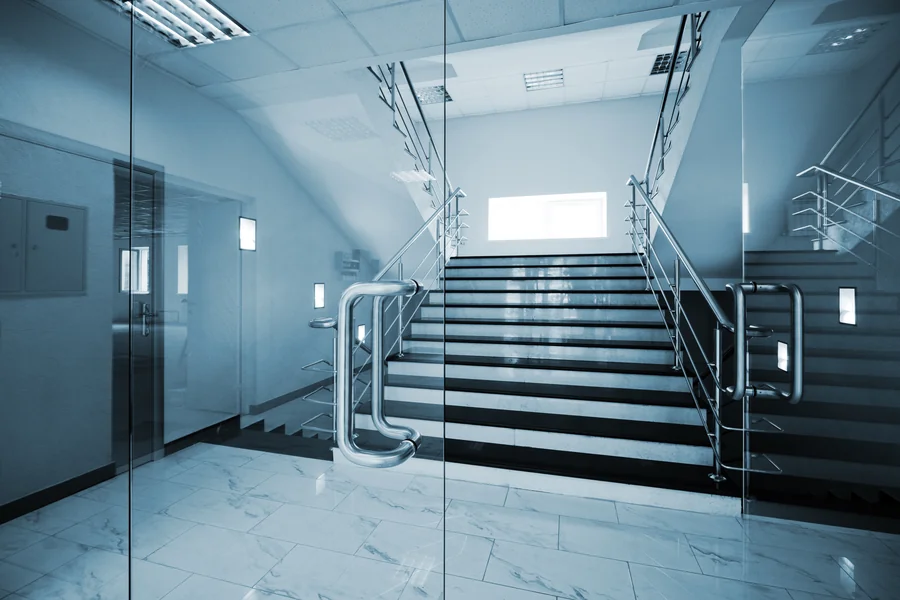Industrial sites are not exactly gentle environments, are they? You’ve got heavy machinery running all day, forklifts moving tons of materials, and, in some cases, some workers who might not always handle equipment as carefully as they should. Add in potential break-ins, vandalism, or accidental impacts, and the windows on your property become one of the most vulnerable points. Security glass is a practical necessity in such settings. However, choosing the right design that simple. You need to think through some key design factors. Here are three of the most important ones.
1. The Threat Level You’re Up Against
Before you think about installation, you need to get real about what you’re protecting against. Are you worried about theft and forced entry? Or is the concern more about accidental damage from tools, flying debris, or heavy equipment? The kind of threat determines the type of security glass you choose and how it’s framed.
For example, laminated glass works great for deterring intruders since it holds together even after shattering. Tempered glass, on the other hand, is better suited for areas where impact resistance and safety are the priorities.
2. Framing and Installation
Even the toughest glass is only as good as its frame. If your security glass is set in a weak or poorly fitted frame, it’s like putting a lock on a cardboard door. Industrial environments demand sturdy framing systems, often made from reinforced steel or aluminum that can take a hit and hold the glass firmly in place.
The installation process itself also plays a big role. You can have the most advanced glass technology in the world, but if it’s not installed correctly, you’re setting yourself up for trouble. Industrial sites can shift slightly over time due to vibrations or temperature changes, so the installation needs to accommodate that movement without compromising strength.
You might not think about it often, but there’s also the matter of accessibility. How easy is it to replace or repair the glass if it gets damaged? Designing with maintenance in mind can save you a lot of operational downtime later.
3. Visibility and Aesthetics
Now, this might sound secondary, but visibility matters a lot. Industrial sites rely on clear sightlines for both safety and supervision. You want your managers or security team to see what’s happening across the site without blind spots. But at the same time, you don’t want to sacrifice protection. So, how do you find that balance?
There are glass options that offer varying degrees of tinting or coatings that maintain visibility from the inside while reducing glare or exposure from the outside. If you’re handling sensitive operations or valuable materials, privacy films can help obscure the view without making the space feel closed off.
And let’s not completely dismiss aesthetics. Even industrial sites can benefit from glass that looks good. A clean, professional exterior makes a difference for employee morale, and for visiting clients or inspectors. You don’t have to choose between strong and stylish. You can absolutely have both, as long as you’re intentional about it.
Summing Up
When designing an industrial site, adding security glass will ensure there’s some resilience in your infrastructure. Every decision, from the glass type to the frame material, has real consequences for your site’s safety and efficiency. You’re not just trying to protect property; you’re protecting people, production flow, and peace of mind.

